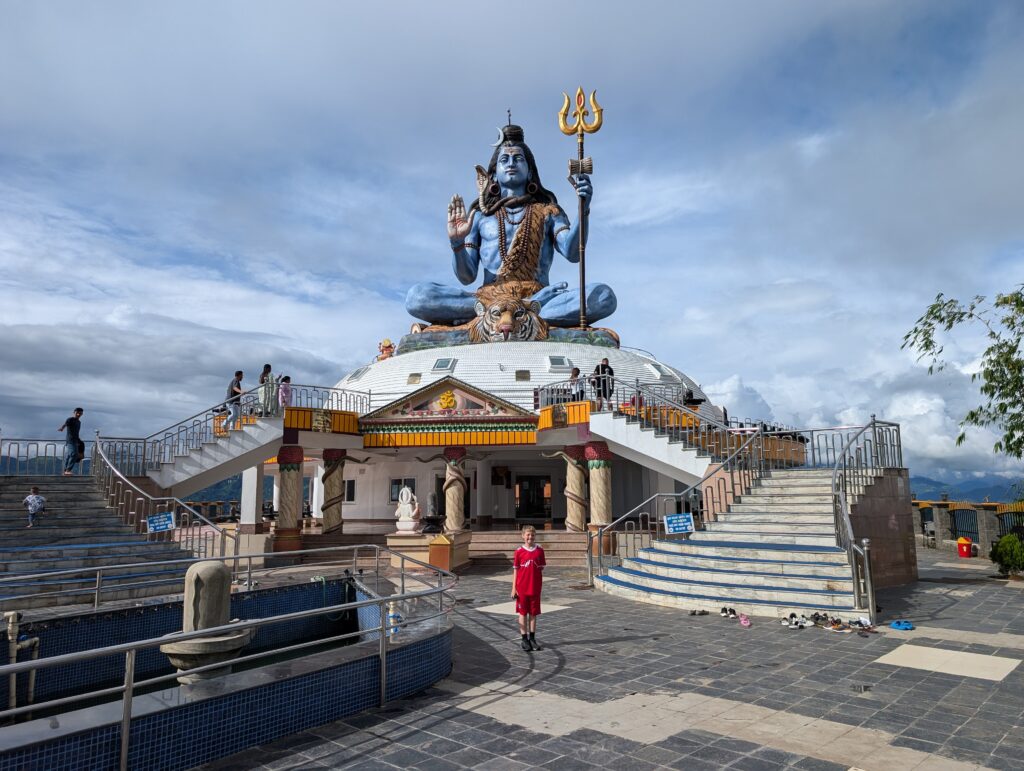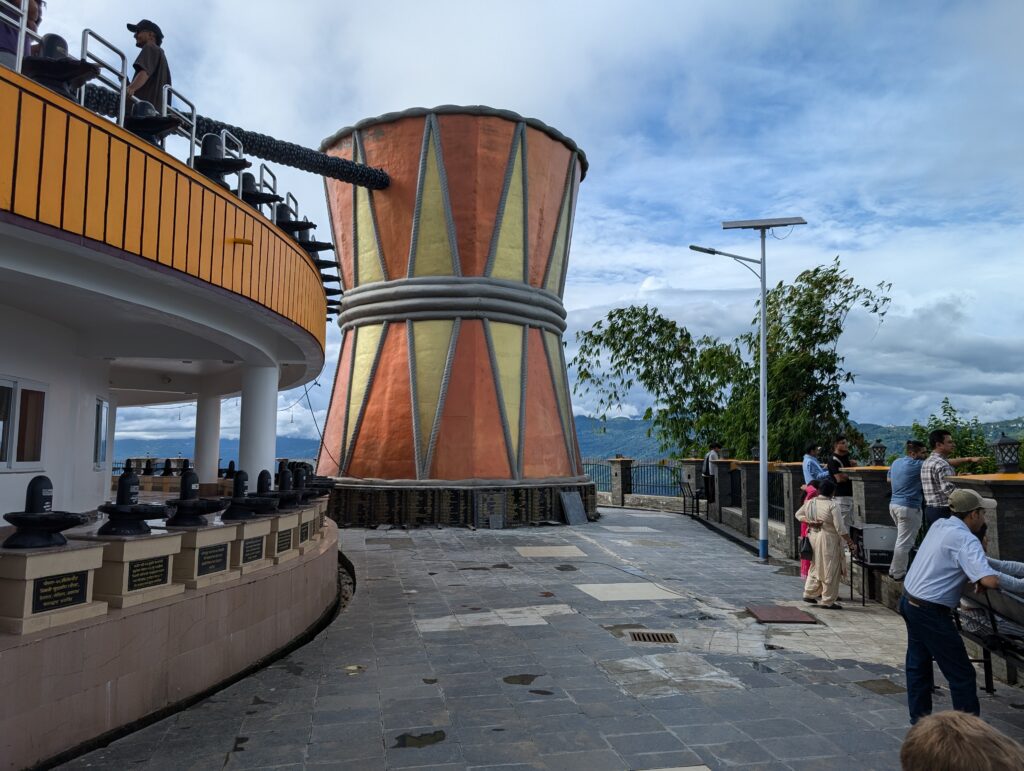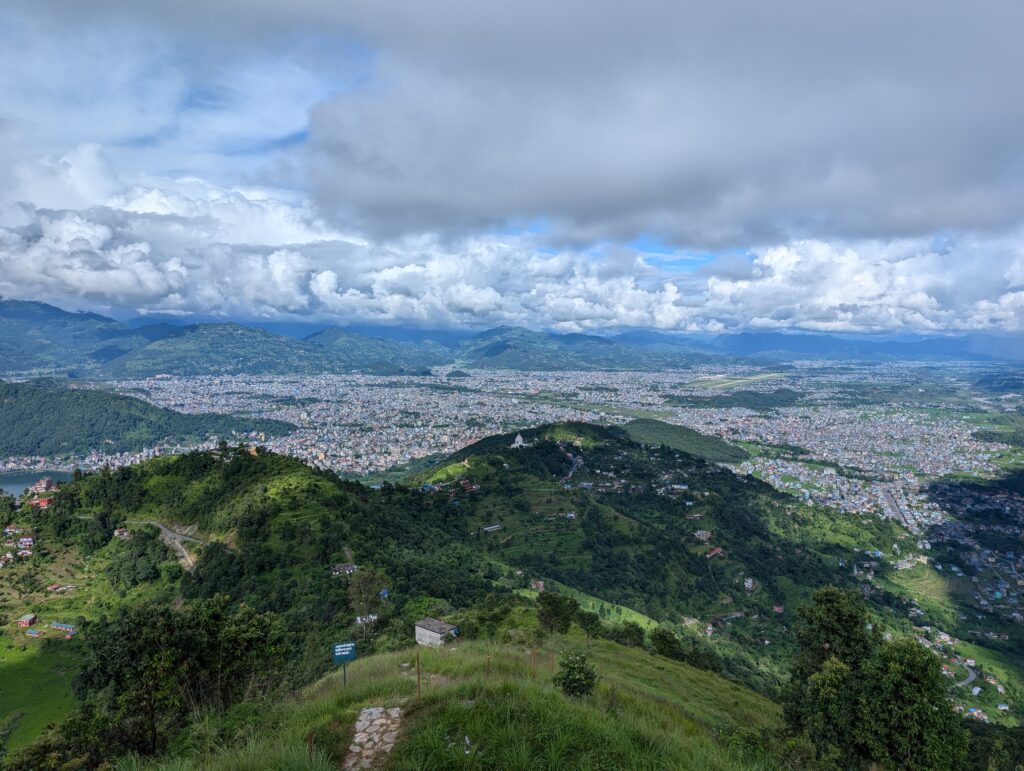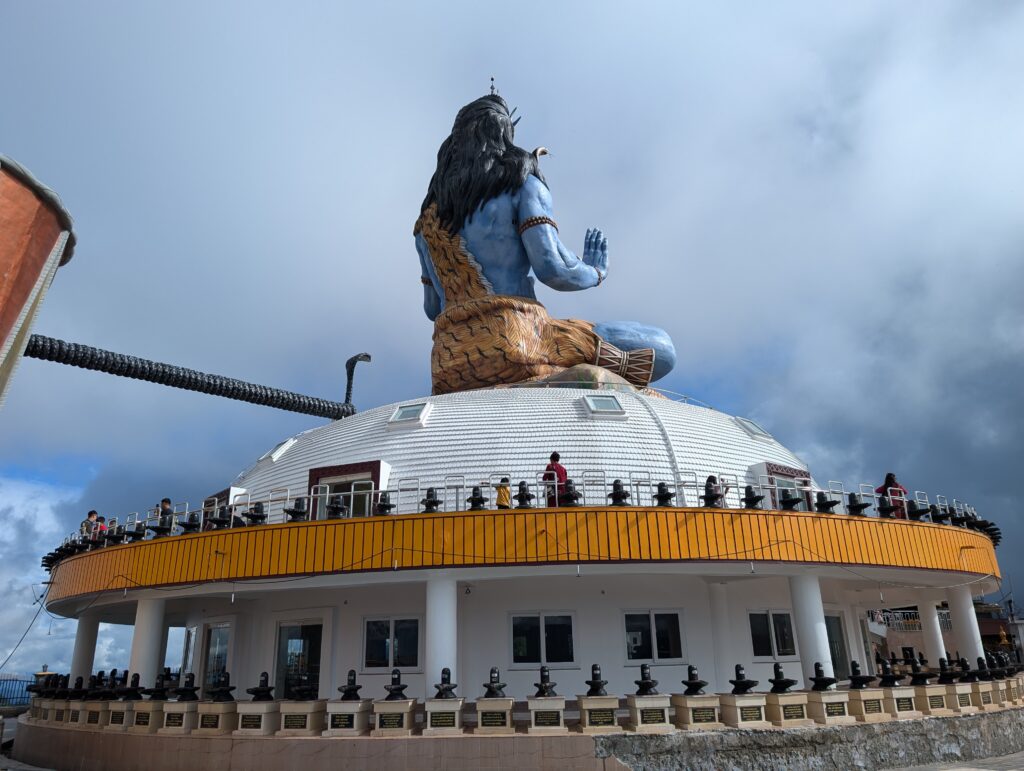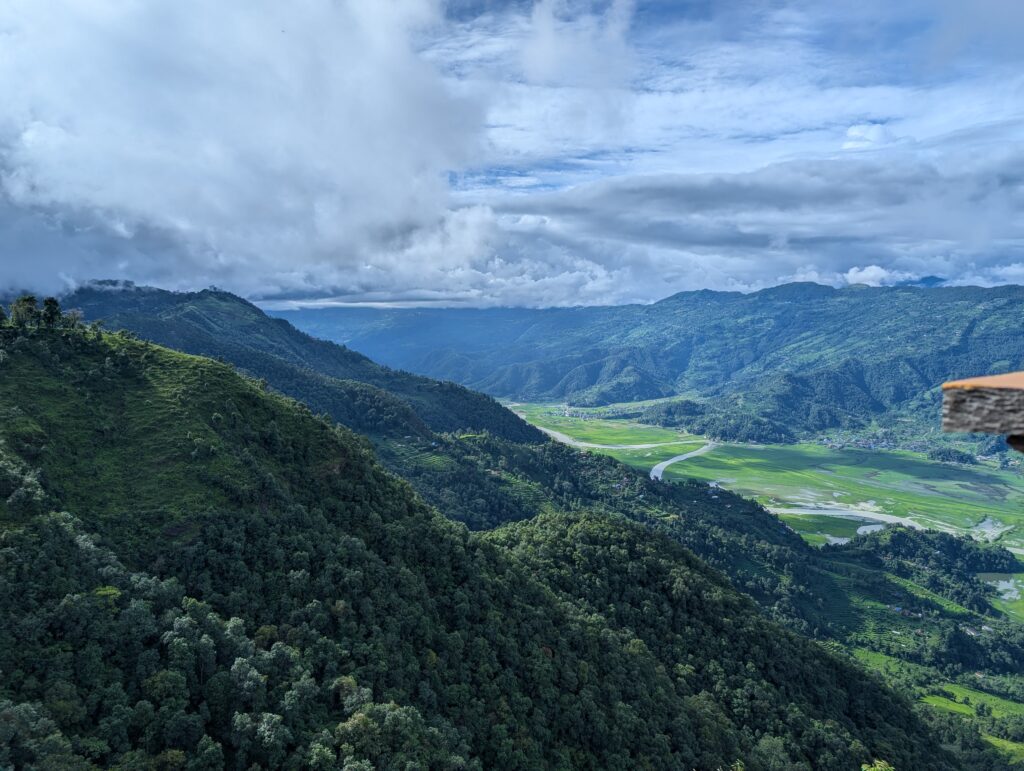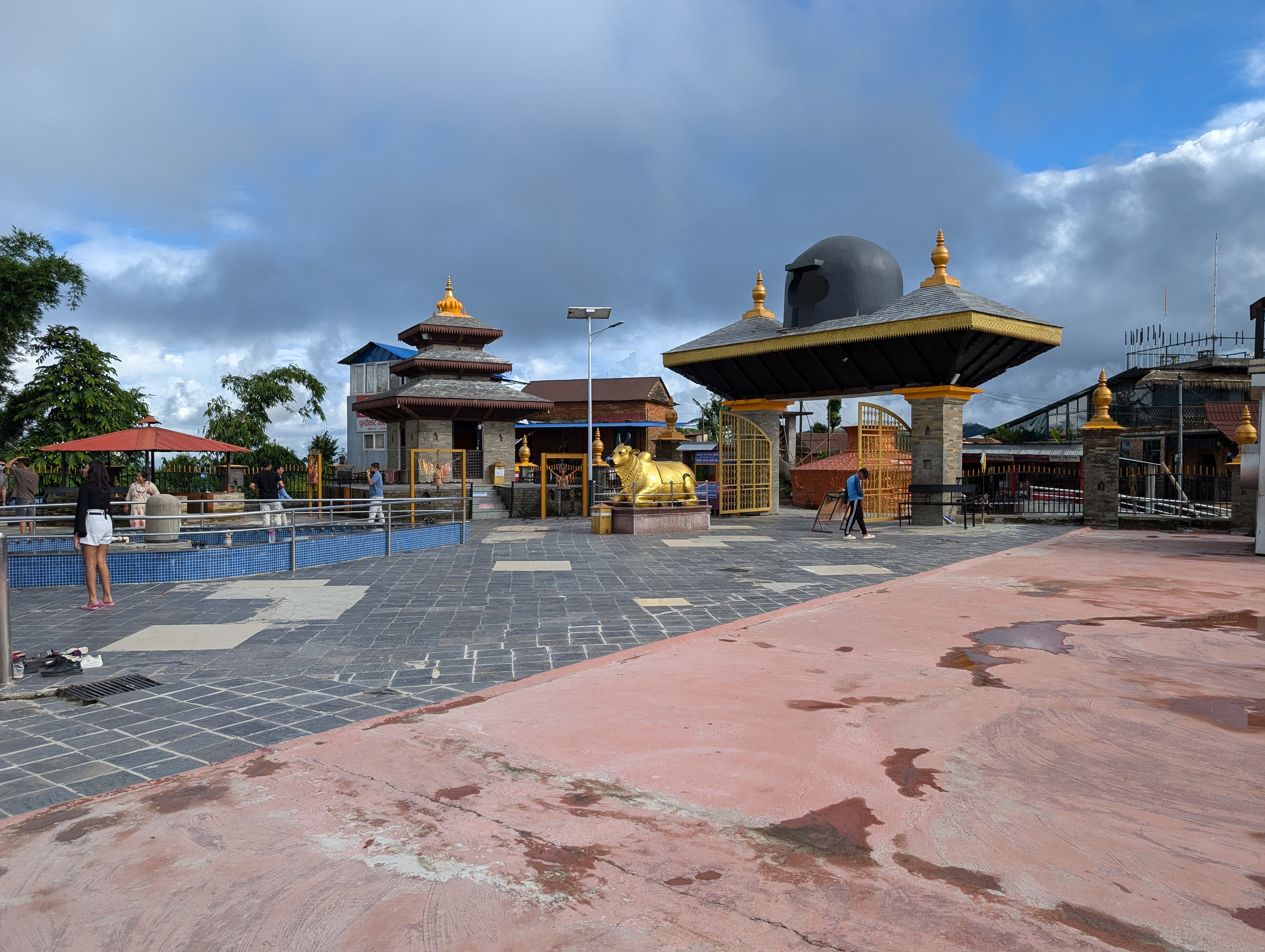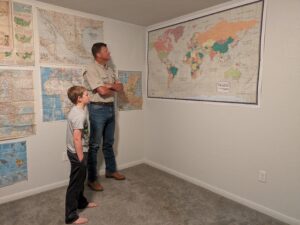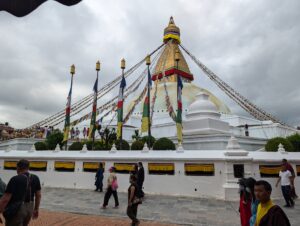Pokhara
But We Aren't Trekkers
In the first century, Christianity was a minority religion in the Roman Empire. It was considered a sect of Judaism for a while. As such, people did not always have Sundays off. Christians tended to meet in peoples homes, or at times in catacombs, but not on Sunday morning, because people had to work. They met in the afternoon. I suppose if they reckoned time in the old way, they may have met on what we consider Saturday evening. This can still be the case in many parts of the world where Christians are not the majority. There was a church in Dubai, but we missed it because it did not occur to me that their service would be late in the afternoon. It was.
Christians in Nepal are more likely to have Saturday off than Sunday. Some get together on Sunday morning, but there are also services in the afternoon. In Nepal, this worked in our favor. There was no congregation in Sauraha, but we could catch a bus early Sunday morning and reasonably expect to be in Pokhara in time for that congregation’s evening service at 5:30 p.m. Although the bus ride was again long and very slow, we made it to Pokhara in plenty of time for the service. In fact, we met our brother, Rama, at a cafe in town. He arranged for a taxi to take us to our motel. This effectively tripled our cab fare, since we felt obligated to buy something in the cafe, and now had two cab fares instead of one. But it was a nice gesture.
Rama was an interesting fellow. He was a 69 year old bachelor, zealous for evangelism. When he was with us, as he walked along, he carried a pocketful of tracts to hand out to anyone who would take one. He also had no objection to asking people who had at one time or another attended why he had not seen them at church for some time. We Christians should probably be more assertive about our evangelism, but cultural norms are a hurdle to many of us, and we feel awkward “giving the sales pitch.” Rama’s English was somewhat limited. If I put a lot of effort in, I could understand almost half of what he said. I know a pretty significant portion of the time, he didn’t understand me either. I would sometimes reword questions two or three times, trying to simplify them, without ever making communication happen. Perhaps his overtures to the church absentees may have been more cordial than they seemed, but I am pretty sure the other people were sometimes uncomfortable.
I did not bother to learn any Nepali words, in Rama’s defense. I might be inclined to learn some words in the language of a country I was about to visit if there weren’t two dozen different ones. I threw my hands up on this endeavor and just went on as Mr. Ignorant American Tourist. This was one aspect of the trip I had some trepidation about before we left. I speak decent Spanish, and I was confident there were plenty of Anglophones in Western Europe. I was worried about navigating the rest of the world where I figured it was unlikely I would meet many English or Spanish speakers. This turned out to be a largely unnecessary concern. Britain had ruled enough of the world, and tourism from English speaking countries was so strong that provided I stayed on the beaten path, there was often someone I could communicate with organically. If not, I just used Google Translate. The latter was not much help in may parts of Nepal where internet connectivity was sporadic. Some Nepalis either weren’t familiar with the app, or weren’t patient enough to use it.
I don’t know whether to chalk it up to Rama’s quirks, or the language barrier, but we had some peculiar interactions. Once we left our motel, I wasn’t sure exactly where we were going. I thought it was to church. It turned out we were going to round up some people Rama thought needed to come to church. I met some very nice brothers this way. A couple of them spoke a bit more English, but most of the people we worshiped with in Pokhara did not. We eventually made our way to a small rented block room with a corrugated tin roof and a single light bulb for which there was no power. As at Verka, we all took off our shoes upon entry and most of us sat on the floor. Rama saw me perspiring. Fortunately, he had plenty of tracts. He handed me one to use as a fan. A few more people trickled in as we began our service.
A man in his late twenties who had lost his sight at some point led most of the early part of the service. He did an excellent job, and sang nicely. I believe his name was Nissohal, but I am just spelling that phonetically. Occasionally, a young fellow with better English who worked at the Fewa Lake boat dock would translate something for me. Nissohal said something, and the boatman translated it for me. “And now, Brother David Pafford, from Spur, Texas will bring us our message.” This was the first I had heard that I was preaching. In fact, the rest of the church knew before me, because I had to wait for it to be translated. It was extremely fortunate that I had just preached a message the previous Sunday, but I was still a little shell shocked and didn’t do a very good job of recaging my mental gyros. I hadn’t even brought a paper Bible, let alone sermon notes. I tried frantically to at least look up the passage I had preached from the previous week on Bible Gateway, but I had no data reception. So, I thought, I had better just go forward with what I could remember.
I didn’t even remember the exact bounds of the text I had preached from, but I remembered it was in Colossians 3. So I referred to it vaguely, saying that in that letter Paul said, such and such, paraphrasing the gist of the text. Once I got through that part, I recovered a bit and began to use the time the boatman was translating to think about what to say next. It was not great, but it turned out better than I thought it would have. I visited with those who could speak some English after the service, but my time was largely consumed by one brother who was trying to sell me guide services. I don’t usually use guides, especially when the places I am going are parks, temples, and historical sites that I can see on my own, so I politely demurred. He did hand me a copy of a novel his son had written. That was nice.
(Continued)
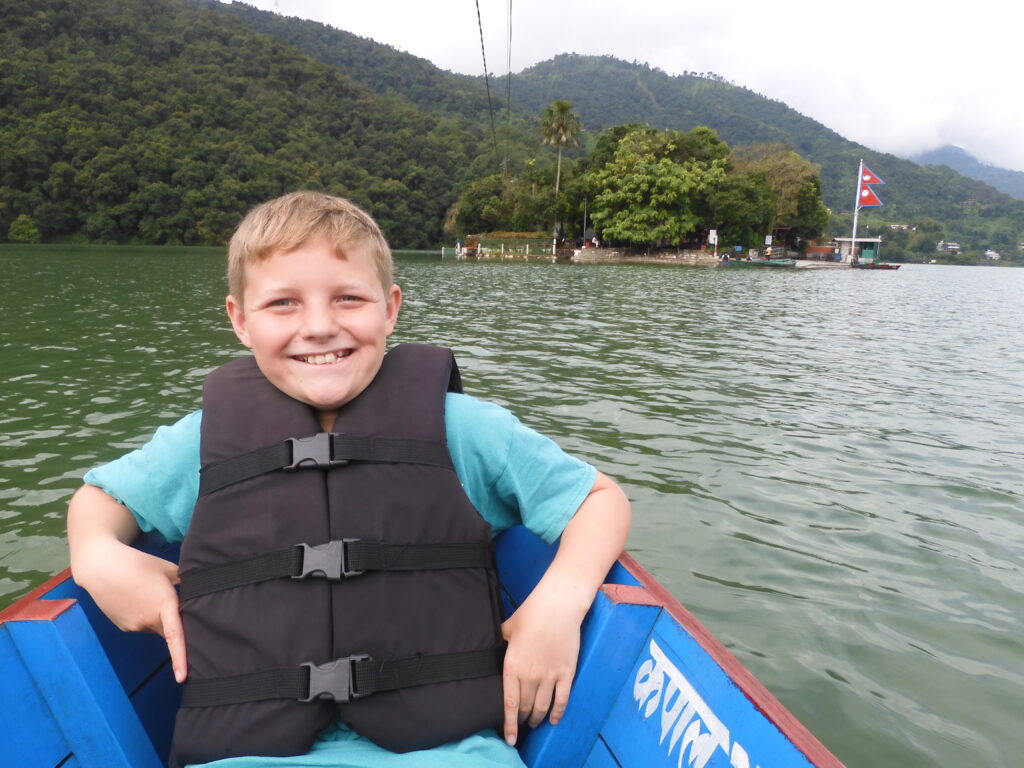
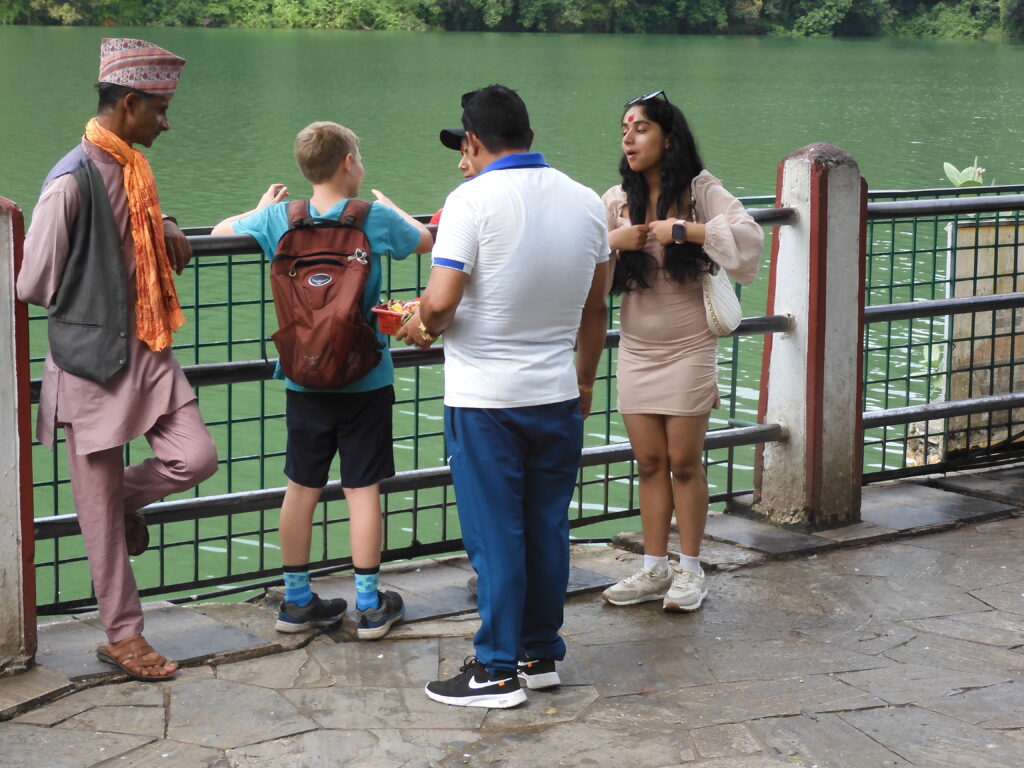
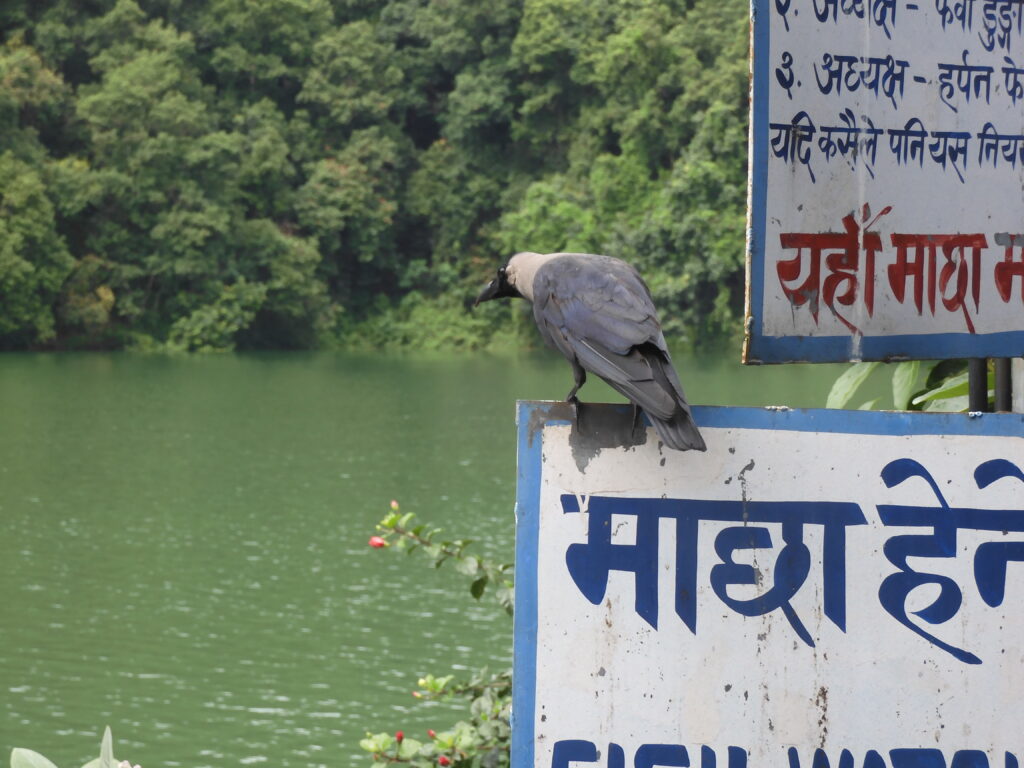
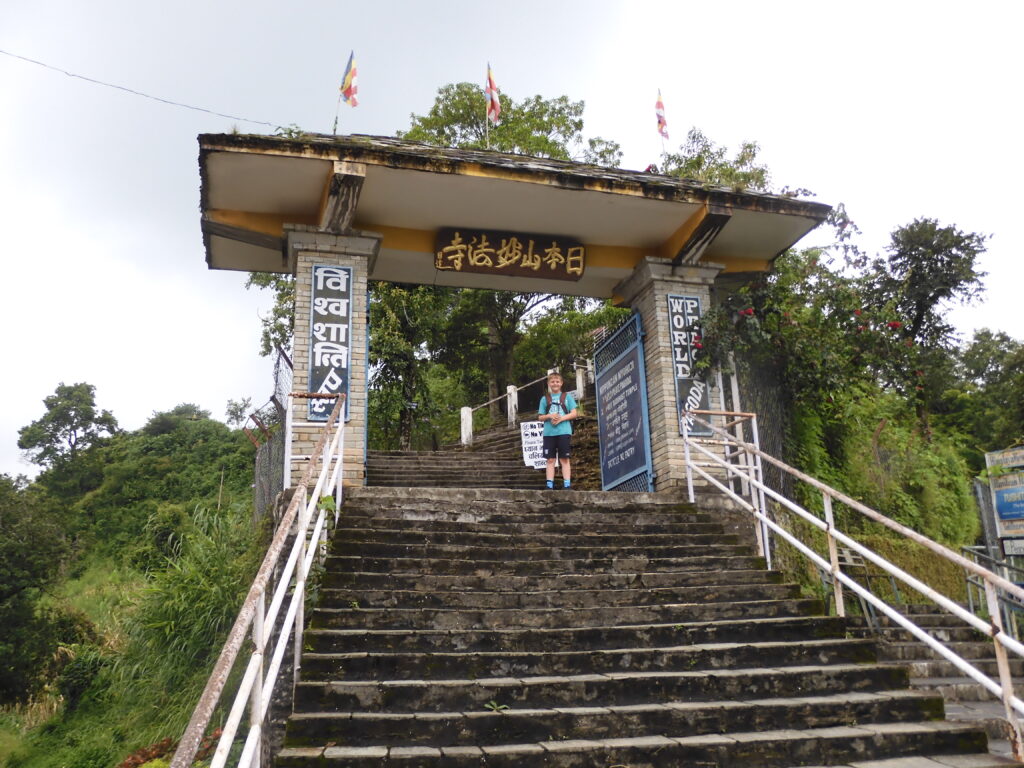
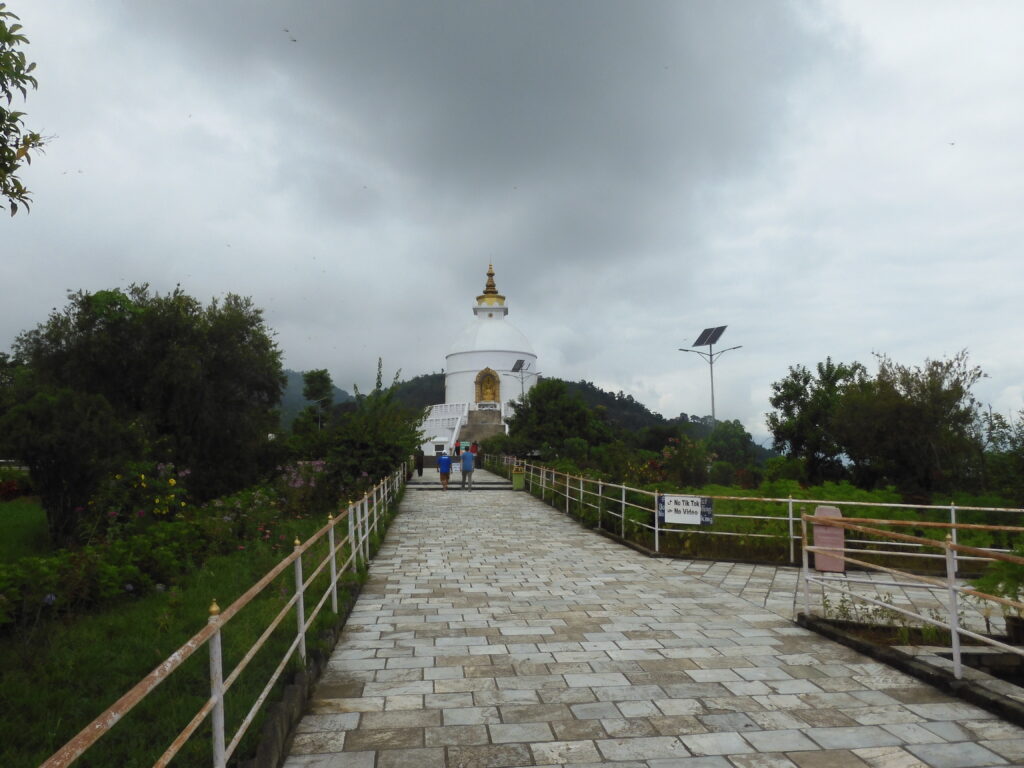
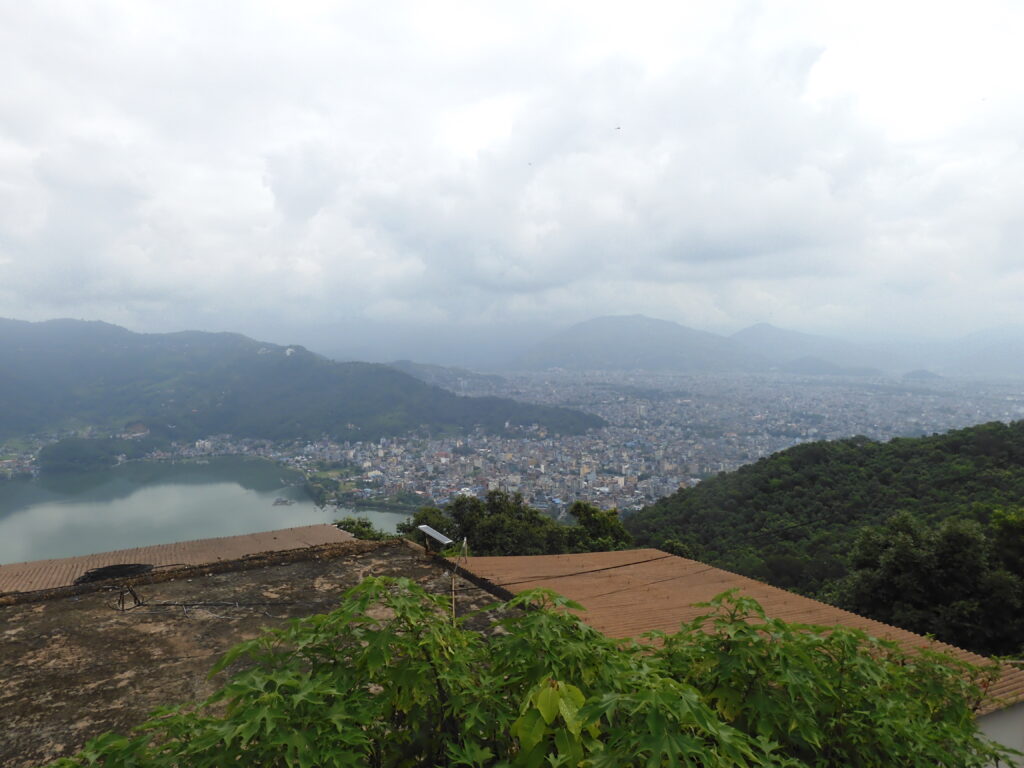
Rama then led us to a very nice restaurant atop a hotel that had a view of the lake. This was pretty, even in the dark. It was a very nice meal, even if it was on the pricy side for Nepal. I made sure to pay for the meal, which was the most expensive one we had bought since ordering the steak at Texas Roadhouse in Dubai. That is not saying much, however. It still only cost about $14 for the three of us. Rama kindly offered to walk us back to our motel. I think he was concerned we might get lost. It was a straight shot down a single road, and I knew we’d find it. It was in the wrong direction for Rama, so after some convincing he left us on our own to walk the remainder of the way back. We had, after all, gotten half way around the world without guides.
Rama made us promise to call him in the morning, so he could join us. We played phone tag most of the morning. I believe a member of the congregation had to go to the hospital. We never actually met again. We had a few short conversations afterward. He would ask if we were getting along OK. We would try to get back together with him since that seemed to be what he wanted. In the long run, it may have been better for us to go on our own as we covered a lot more ground that way.
Pokhara is a town of about half a million people, but the tourist area is concentrated alongside Fewa Lake. There is a like side walking path with restaurants all along it, interrupted by periodic boat rental facilities. On the main street paralleling this, there are guide services and shops selling trekking gear. Most people who go to Pokhara do so to embark on lower level multi-day hikes through the Himalayas. Caleb didn’t want any part of the multi-day hikes, so we opted for the things we could do near town.
We began by catching a ride out to Tal Bahari, a small Buddhist temple on a quarter-acre island in Fewa Lake. Caleb had more fun feeding the catfish off the side of the island than looking at the temple. Obviously, this was a pretty small temple. It didn’t take all that long to see. It was pretty, though, and it was my first Buddhist temple. Next, we hired a cab up to the World Peace Stupa. We got hit with the tourist rate on the cab fare. I knew this, but gave up pretty quickly on the obnoxious cab drivers and just paid them once I got the price down to about half of their asking price (but still half again the going rate). By this time, I was really missing Uber and Bolt, which apparently aren’t operational in Nepal.
We noticed at all of these Hindu and Buddhist holy sites that there is a lot going on at them. You generally have to take off your shoes on the one hand, but there is almost always a host of vendors around selling trinkets, souvenirs, and religious icons. They all seemed highly commercialized. The best thing about the stupa was that it had a commanding view of the lake. Pokhara is also known for its views of the Annapurna Range of the Himalayas. We were never able to see these due to the overcast skies of the monsoon season, but we had beautiful vistas of the lake and city nonetheless.
We got a good workout heading up to the stupa as well. There were many steep staircases once we were dropped off by the cab. We came back to town to bide our time for a bit and to see if we could reconnect with Rama. He had been intent on going with us up the cable car from which you could often see the Himalayas. Unable to connect, and seeing that the rain had cleared up a bit, we decided to hoof it to the lower cable car station. Up the cables we went, at a cost of $24 – again several times the cost for Nepalis. We had an even better view from the other side of the lake, but still there were clouds obscuring the Annapurna Range. We hiked about, hoping it would clear off. We saw a viewing tower you had to pay for, and an abandoned one that was free. You can guess which one we chose.
There really was no “Free Parking” space at the top of the cable car route. There were a few other paid attractions. There was a giant swing out over the steep drop off. You could para-glide from it. There was a zip line and a bungee. Caleb opted for a bicycle you could ride along a cable out over the precipice. There were a lot of safety cables and straps, to be sure, but it still doesn’t look like something you’d see in the U.S. He enjoyed this, and I got some video of it. We had a snack at the restaurant atop the pinnacle, then came back down the hill to shop and sample some Nepali restaurant cuisine.
Caleb found a Nepal soccer kit he liked, and I saw a dress I thought Stephanie would enjoy. We bought these. We looked hard to find some coins, but coin use is almost unheard of in Nepal. After a rigorous search, we found a couple people who gave us a few. Nepal has paper bills from 1000 rupees down to 5. But Nepali rupees traded at 134 to a dollar while we were there. As in India, very few vendors wanted to change a 1000, even though this was less than $7.50. When you got change, there was no reason to use anything smaller than the lowest bill, because 5 rupees is a bit more than 3 cents. We enjoyed a nice, inexpensive dinner overlooking the lake and made it home at an early enough hour I was able to run the next morning.
(Continued)
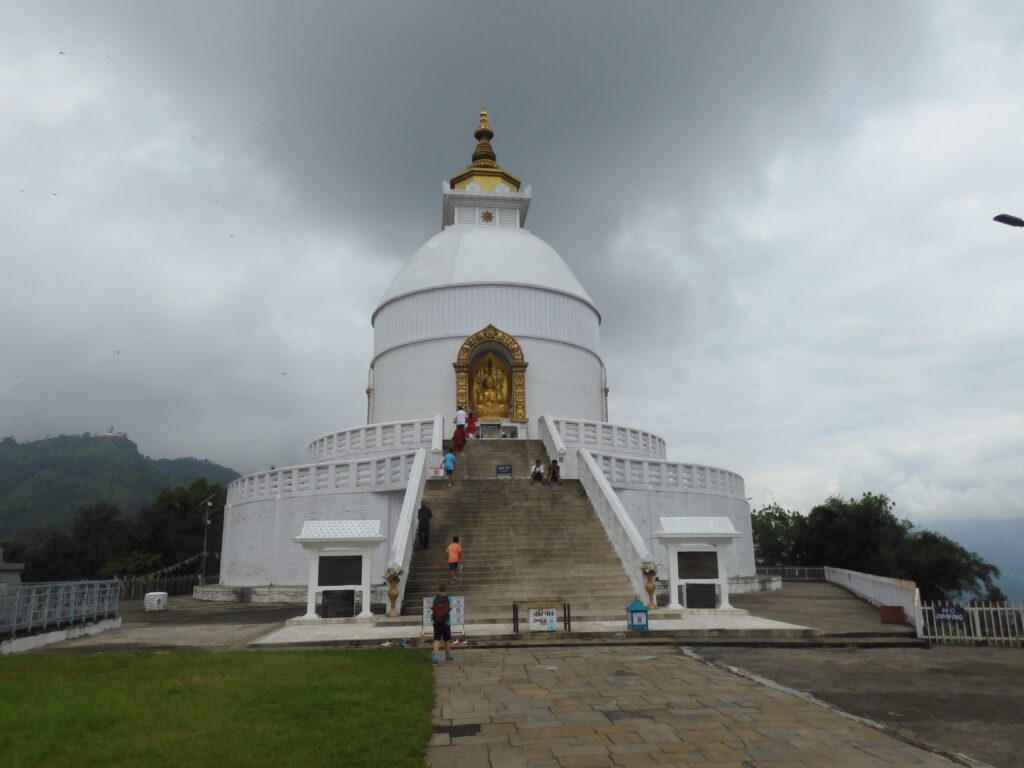
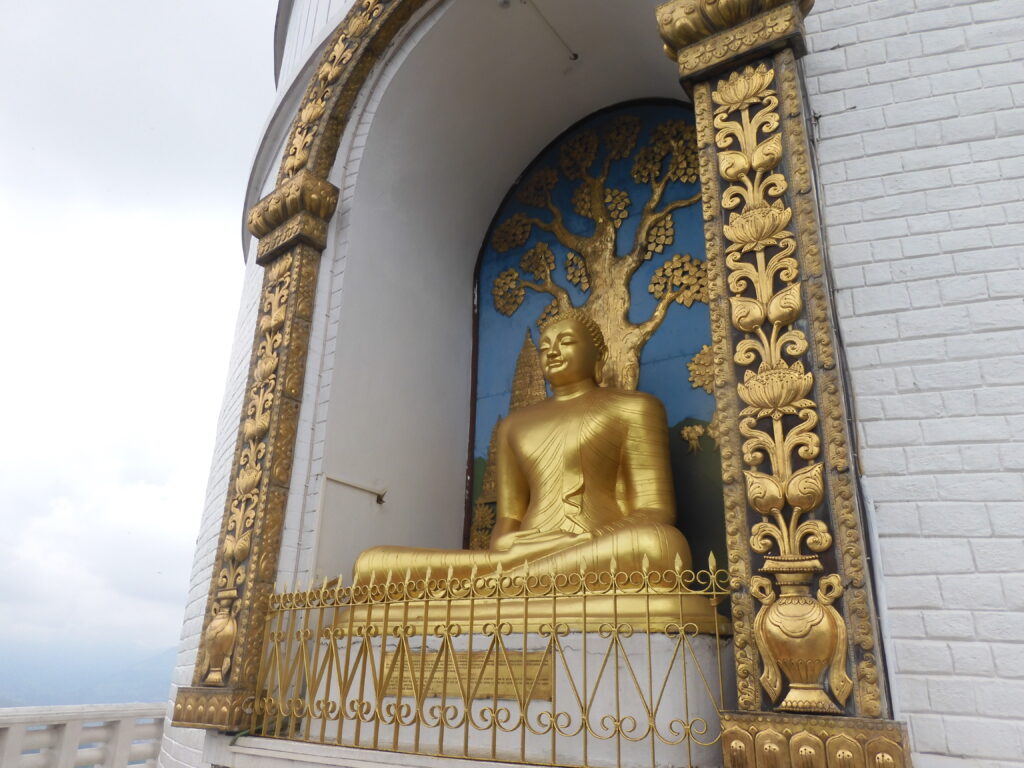
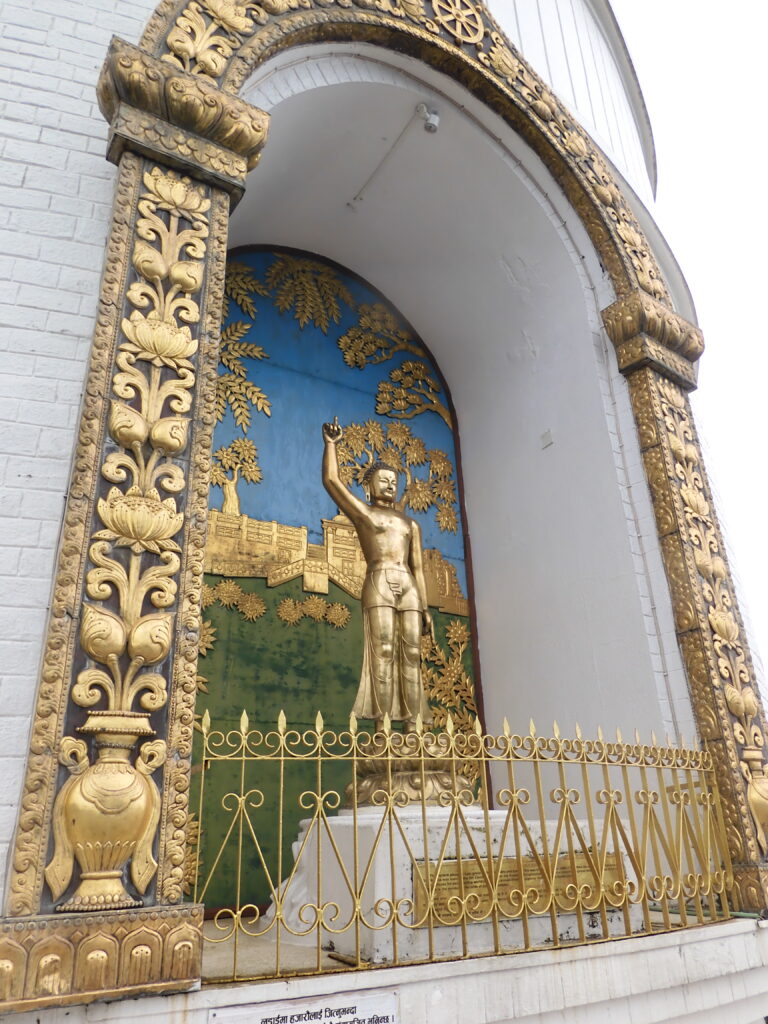
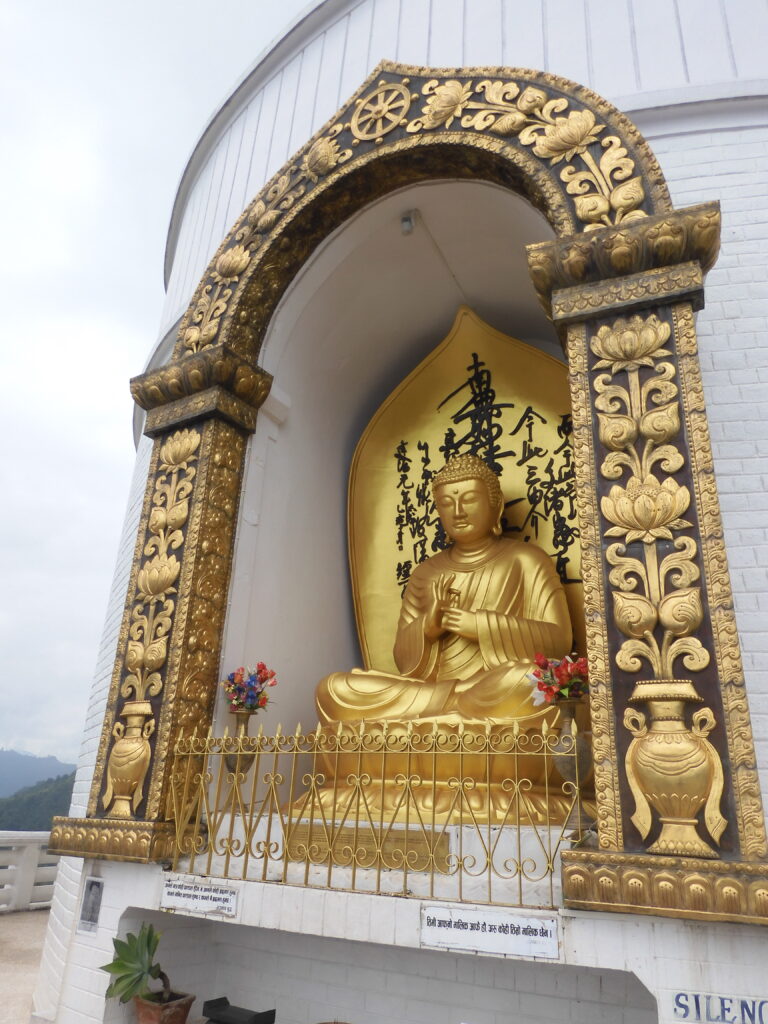
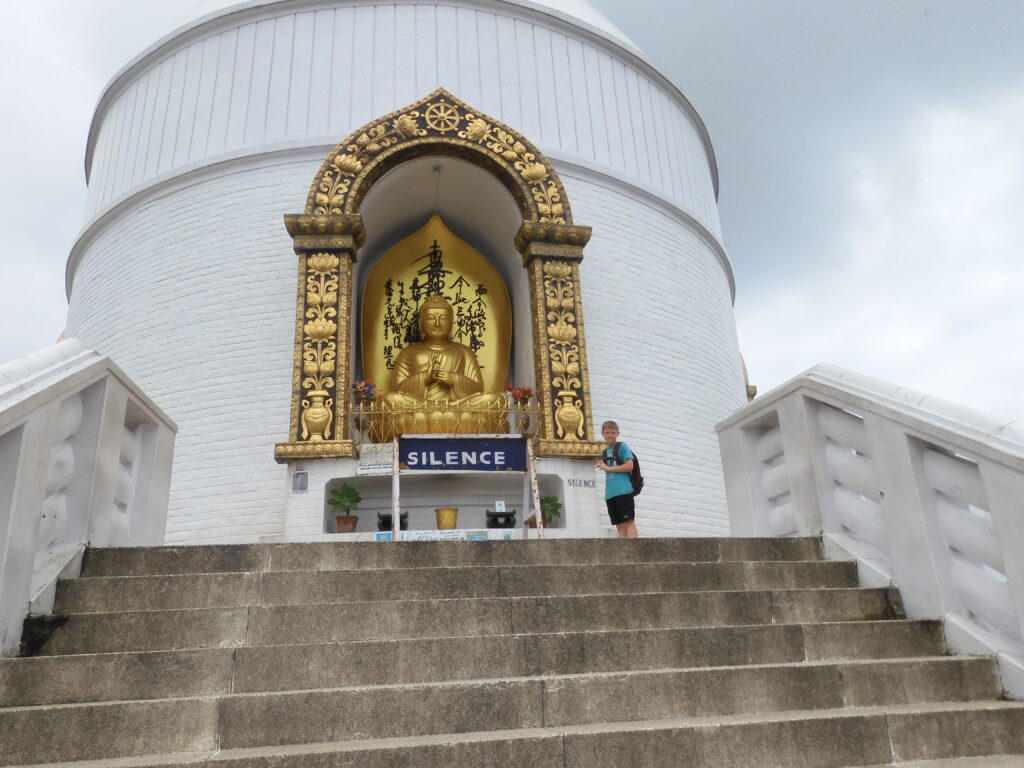
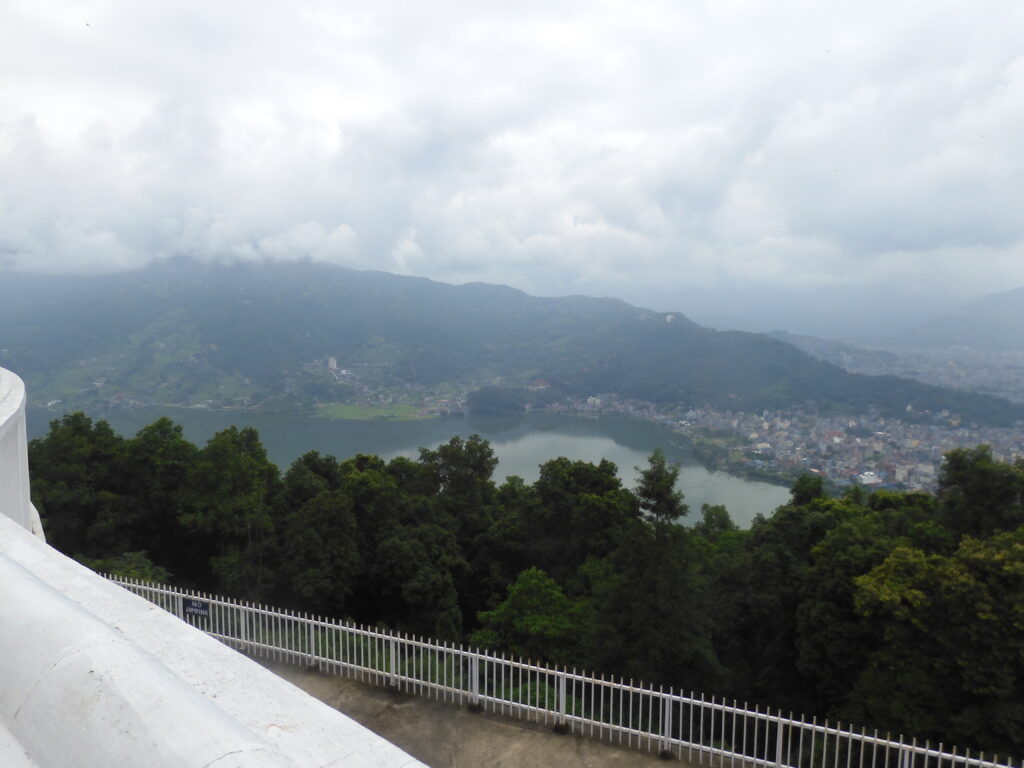
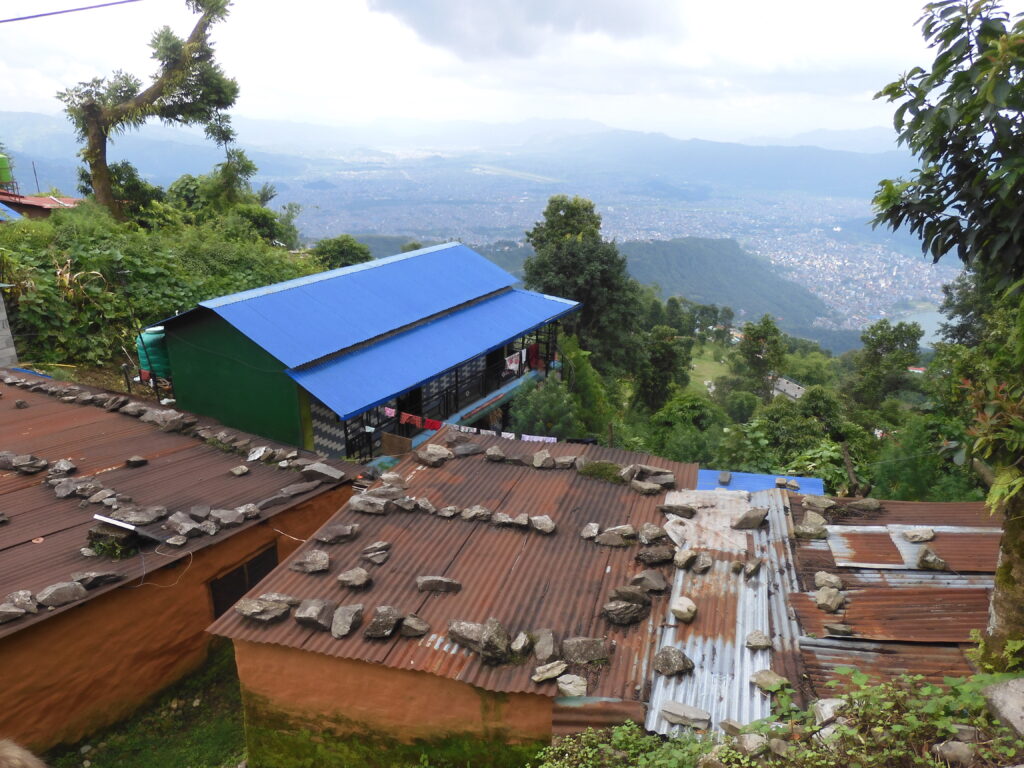
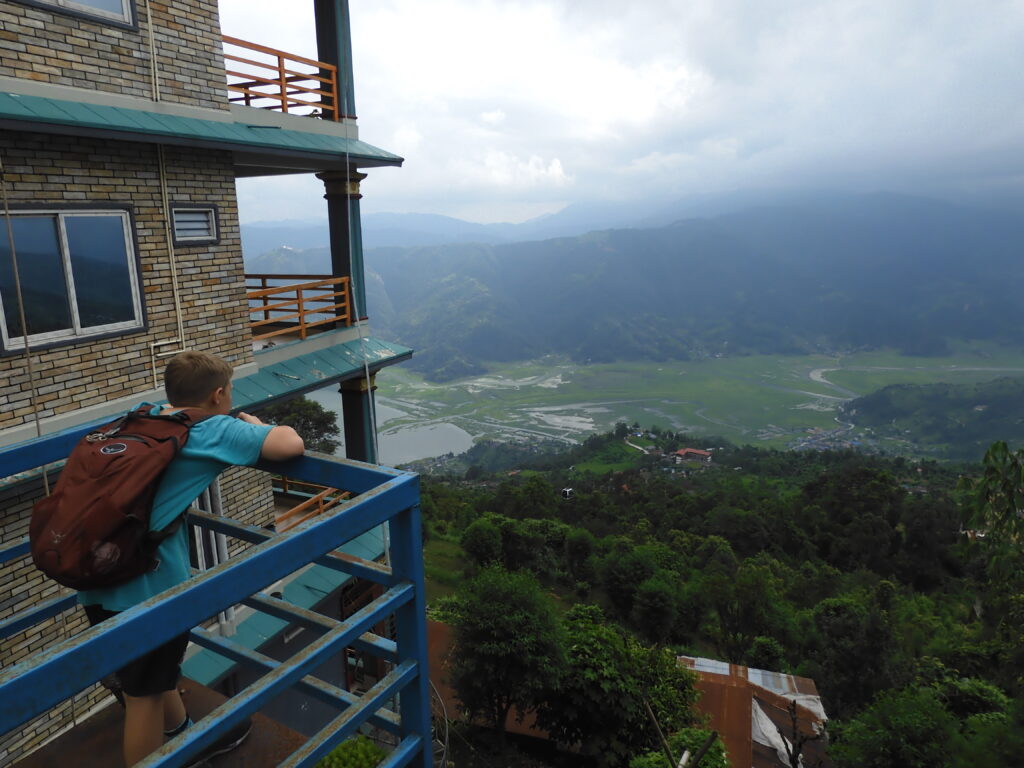
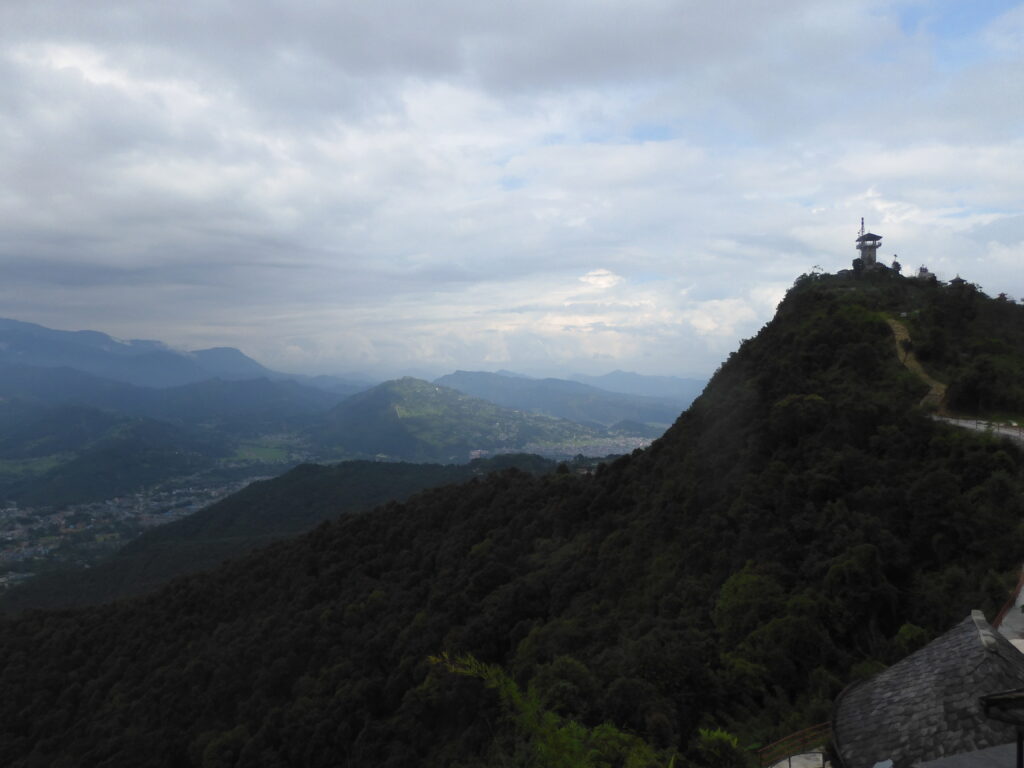
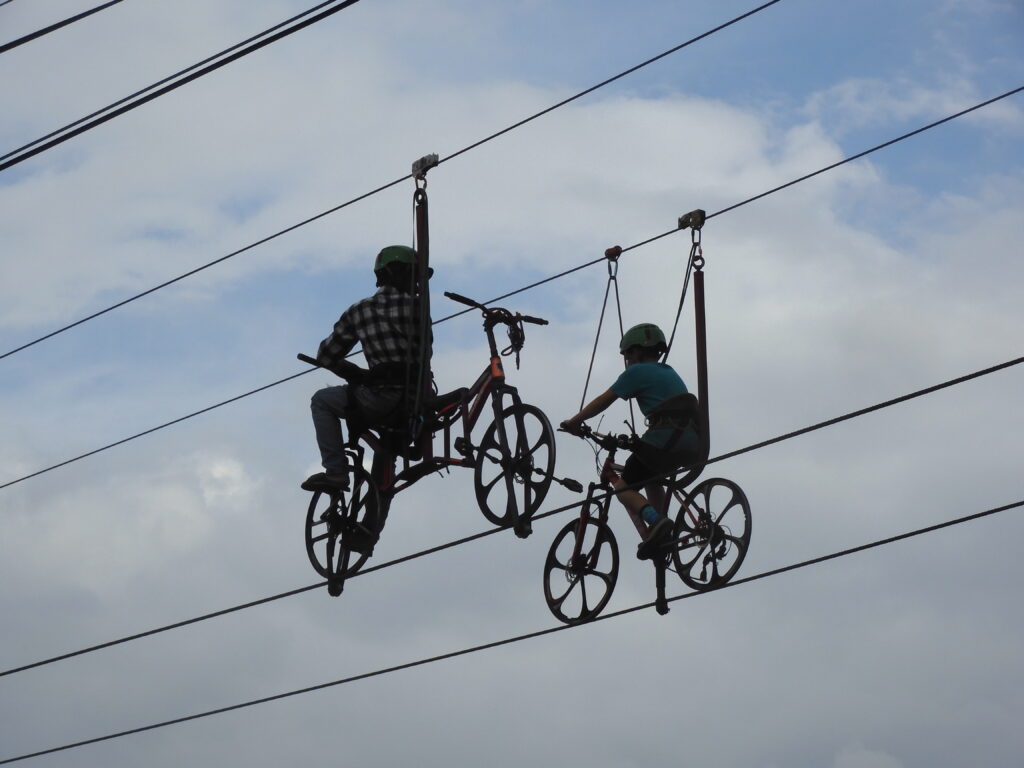
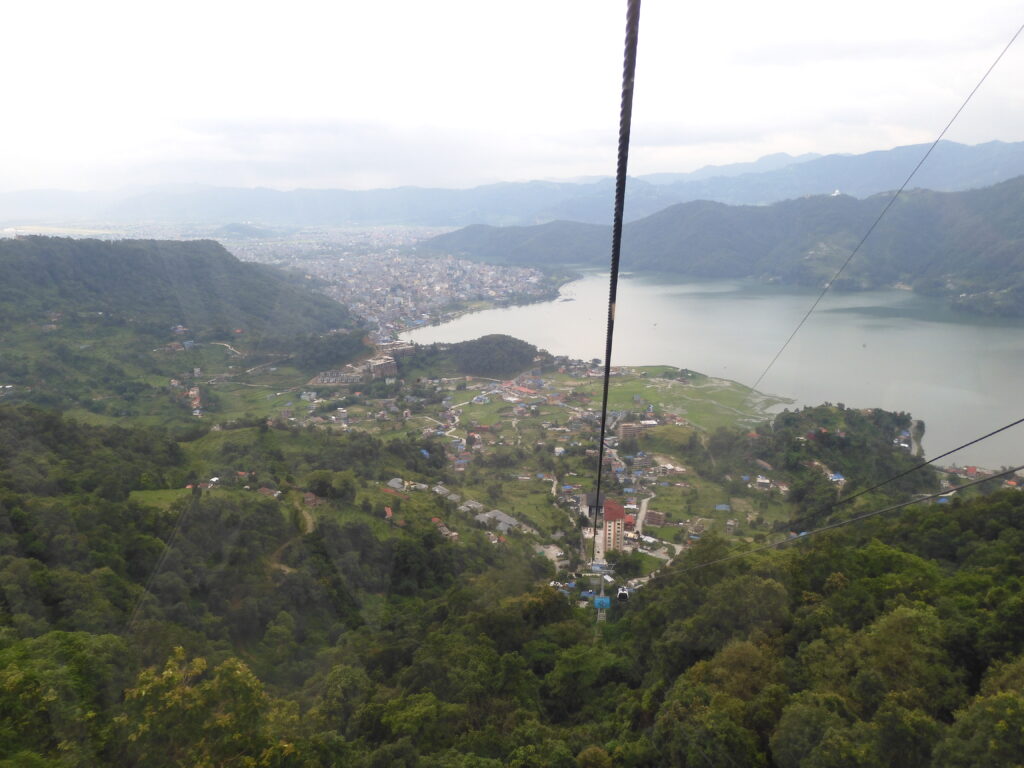
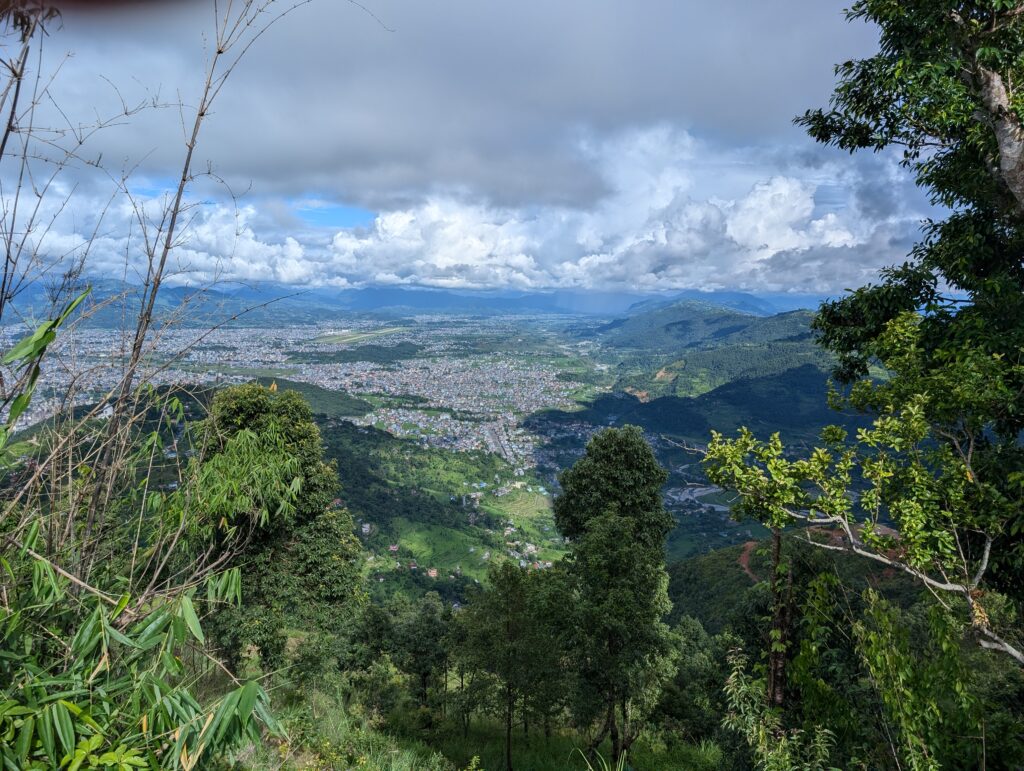
The entire time we were in Pokhara, Caleb had been angling to take a row boat out on the lake. This was relatively expensive for what you got in comparison to some other Nepal activities, but I figured there was enough work involved in paddling the boat that I wouldn’t likely have to pay for more than one hour. We put on our mandatory life vests and began paddling out into the lake. No matter how we worked it, my strokes were always a lot more powerful and efficient than Caleb’s, so we had a difficult time avoiding going in circles. He did tire pretty quickly, and we rested in the boat. He seemed happy with this, so I was, too. It wasn’t the physical labor that ended our boat ride, it was a downpour.
“Hey dad,” Caleb exclaimed, “Look at the clouds blocking the mountain.”
“I don’t think those are clouds, buddy.”
“But they are dad, can’t you see? They are blocking the mountain.”
“That’s not what it is.”
“What is it then?”
“That’s falling rain, Caleb. Sometimes it can look like low clouds. Do you remember seeing virga from the airplane? That’s rain that starts falling, but doesn’t hit the ground. This is rain that is hitting the ground (or water, in this case). See how there is a vertical line over there where it stops?”
“Should we start home, dad?”
“Are you worried about getting wet, buddy?”
“If we are going to get rained on, I think we should go back.”
I did not argue, because I was ready to go back, anyway. It looked like at least a moderate shower, though. We could not get back fast enough to avoid being completely drenched. It was a warm rain, so the wetness felt good. When I tried to buy some pastries on the walk home, though I was fortunate that the shop accepted wet money. I had wisely not brought anything more than the few bills I would need to pay for the boat and post a deposit.
We dried out in the room, and tried to catch Rama again. We waited out the rain. I wrote and did some farm work. Once the skies cleared in the afternoon, I made one final attempt to see the Annapurnas. There was a huge Hindu statue and shrine just above the World Peace Pagoda. I knew this would give a commanding view. Since we hadn’t been to that one, I hired a cab to take us up there, again at tourist rate. Once again, we had amazing views of the valley, the lake, and the town, but in the distance the bigger mountains were all obscured. The temple was impressively large, but wasn’t in any way historical. In fact, it looked as if they were still building it. There was a huge blue character on top, with a little tracked elephant man rolling around the sides. On the way back down the hill, the cabbie was so aggressive trying to sell us other stops, I thought I might have to drive us back down. It didn’t matter how many times I told him we had already been to the World Peace Pagoda, he still wanted me to stop there again – for an extra fee of course.
We feasted at yet another lakeside diner. Caleb watched kids play soccer outside while we waited for our food, until he saw that there was an international volleyball match being televised. The crowd in the restaurant was pretty excited about it, and Nepal was beating the tar out of Iran. Caleb got into it. He learned how the scoring went, and what a libero is. He had his Nepali soccer kit on, so he was set to pull for the Nepali national team. They won in straight sets.
I should mention also that again our hosts were exceptionally kind. We stayed at Hotel My Dream. For only about $13 a night, we had a clean, air conditioned room and superb service. While cabs in Nepal were a thorn in my side for most of the trip, I learned that the hotel industry – at least in my experience – was a lot more hospitable. After a great sleep, I rose early to run my 5k, then collected Caleb for an early bus ride to Kathmandu. There were busses departing every half hour through the early part of the morning, so we weren’t all that concerned with what time we would leave. It turned out to be a good thing we caught one of the earliest Kathmandu busses.
